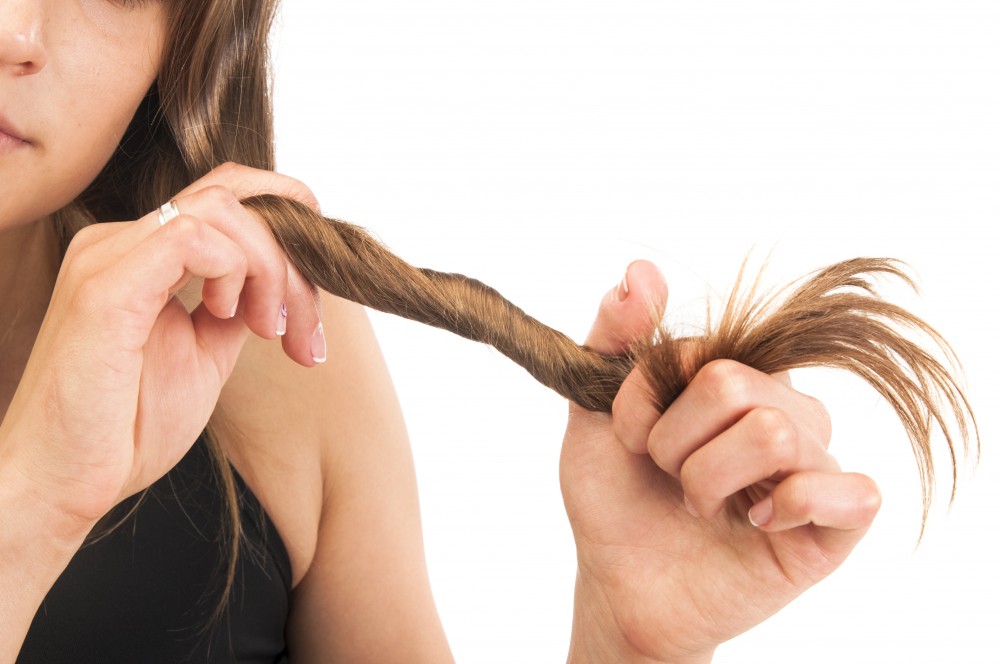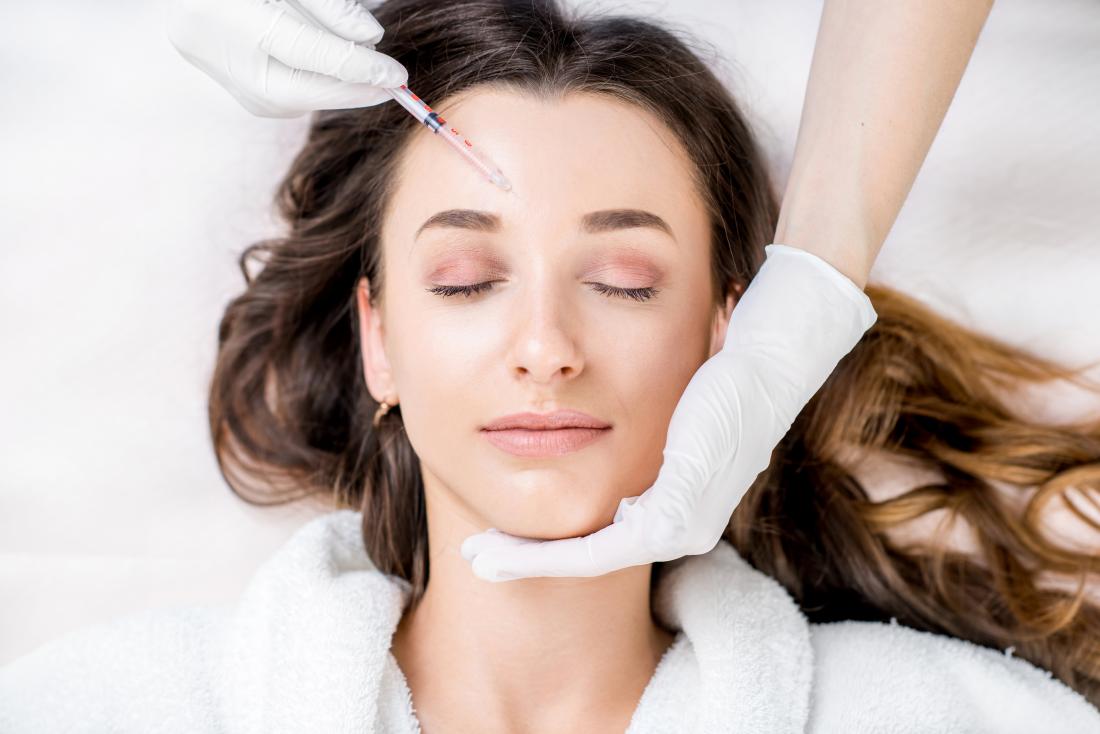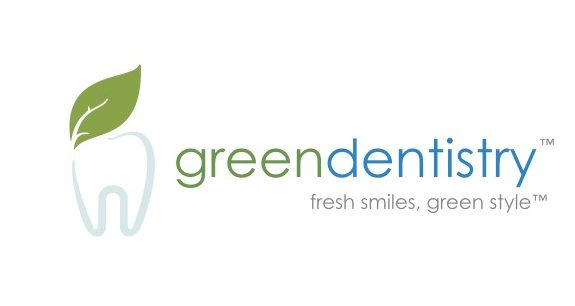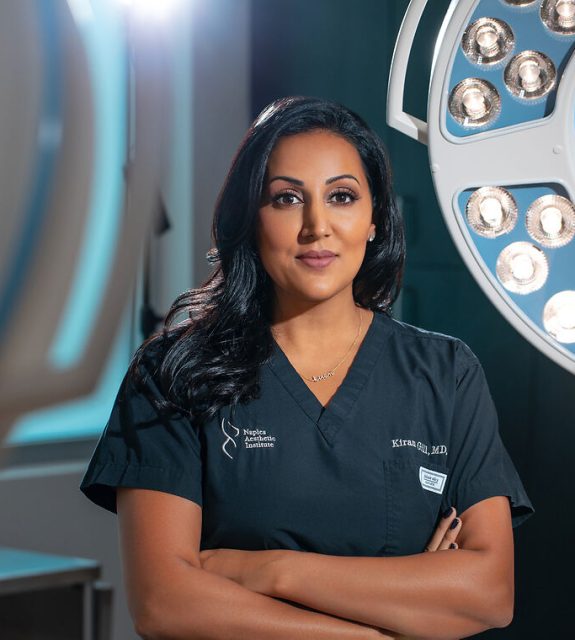Full cheeks, plump lips, smooth skin: fillers are the latest trend in the beauty industry and for good reason. Fillers, including face and lip fillers, allow patients to enhance or fix any part of their facial structure they may not be completely satisfied with. Beauty aficionados are continuously trying to achieve perfect facial symmetry with injectable treatments. Haute Beauty caught up with Dr. Usha Rajagopal, a San Francisco board-certified plastic surgeon with over 20 years of experience, discusses everything you need to know about facial balancing with fillers.
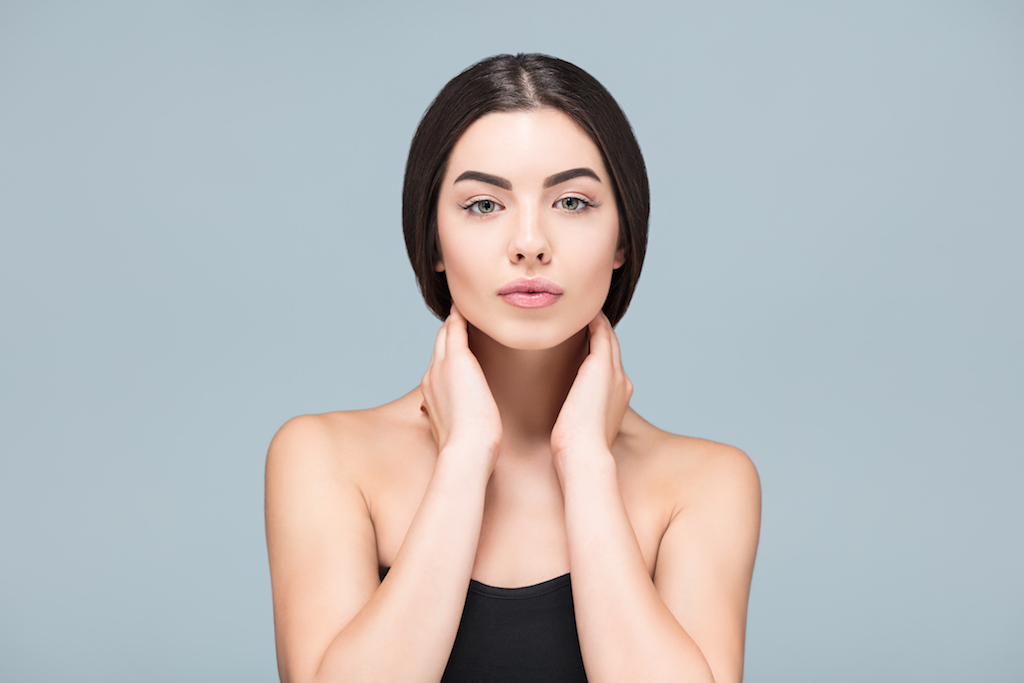
Haute Beauty: First off, what is facial balancing and how do we achieve it?
Dr. Usha Rajagopal: Facial balancing can really be divided into both a very technical way of facial balancing or creating a more harmonious face. For example, when you look at a face and your first impression when you look at a pretty, beautiful woman or handsome guy is “Wow! They’re so pretty!” -- that’s because the first thing our eyes notice is the triangle between the eyes, nose, and lip (an inverted triangle). The more symmetry someone has the more beautiful they are. Symmetry equates to beauty and our body subconsciously figures that out. This is something that we look at more with a scientific eye. Leonardo da Vinci talked about facial balancing and facial harmony where the face is divided into thirds. You want equal thirds of the face where from the brow to the eyebrow area is considered a third, the second third is between the eyebrow to lower part of the nose, and the lower third is from the lower part of the nose to the chin. You can try that out with your own hands to see if your face is balanced according to Leonardo.
The second part of facial balancing, especially nowadays, is the profile view (side view). A lot of patients look at themselves in profile largely due to the selfie culture. They’re taking side views. They have pictures taken by their friends and they see a side or profile view, and some people are surprised by the way they look because they’re not used to seeing themselves in a profile view. And some people are not very happy with their profile view. Things that would create a better balance or pleasing profile, is when you have a balance between the forehead, nose, lips, and chin. That’s where a lot of profile balancing comes especially when someone is unhappy with either the size of their nose or sometimes it could be the unbalanced area of the nose and chin. For example, when a patient thinks their nose is too long, I can assess them and let them know that they may need a little more chin projection to balance their nose or a better jawline to balance out the nose. In the end, it has to do with the aesthetics look. Facial balancing makes someone feel prettier and look more rested, and all these treatments for facial balancing is to give a person more confidence.
HB: How do non-surgical nose jobs compare to rhinoplasty? Would these treatments work for all noses (bumps, wide tips, crooked noses, etc)? How long do results last?
UR: The attractiveness of non-surgical rhinoplasty is that it’s a great way to achieve facial balancing. Non-surgical rhinoplasty is a quick lunchtime treatment done in the office and it literally takes 10-15 minutes. There is not much downtime so the patients can go back to their normal activities in 24 hours. With non-surgical rhinoplasty, I am looking to achieve a smoother profile so the most improvement a patient is going to notice is in their profile/side view. The least amount of improvement they’re going to notice is in their front view. When we’re doing a non-surgical rhinoplasty, I am adding filler -- so I’m adding stuff to smooth out the nose, so it creates a bit of an optical illusion. Even though we add filler, it makes the nose appear a little smaller because it could be more symmetric or have a smoother profile. If someone doesn’t like their front view at all and feels that their nose is too wide, big, or nostrils are too flared, unfortunately, that could not be treated with non-surgical rhinoplasty. Non-surgical rhinoplasty is temporary and it could last anywhere from 6-9 months and slowly your body absorbs the hyaluronic acid. What I’m noticing is that I have patients who have come in for several treatments of non-surgical rhinoplasty, and after the 3rd session, the filler tends to become semi-permanent and they won’t need to come back as often for maintenance.
Surgical rhinoplasty does require some downtime and it’s usually done as outpatient surgery, and for most patients, I recommend that they take 10 days off and 6 weeks to get back into intense exercise. With rhinoplasty, you can achieve many different things. You can make the nose smaller, reshape the nose, improve symmetry, and improve breathing issues caused by a deviated septum. Compared to non-surgical rhinoplasty, this procedure has more downtime, a little more cost, but the results are permanent. The best way to determine if you’re a good candidate for surgical or non-surgical rhinoplasty is to have a consultation. For patients with busy schedules or from out of town, we recommend that they send in pictures of their nose for assessment and we can do an e-consultation.
HB: Walk us through the non-surgical cheek treatment?
UR: Generally for cheek treatments, my favorite hyaluronic filler is Voluma followed by Sculptra or Radiesse. I also like using Bellafill, which is a long-term filler. Cheek filler is for patients who need a little more lift and structure. The cheek area does drop as we age so when I do cheek fillers, patients come out with lifted cheeks that also appear slimmer but not rounded. I aesthetically don’t like the Housewives of Orange County look where they have fat cheeks with them very prominent in the center and they look like the Joker. That’s not the look I like for myself or my patients who I feel are an extension of my aesthetic goals. My goal is to give them more of a lifted and elongated look.
HB: Who qualifies for these treatments?
DR: For young patients, it could be someone who genetically lacks a nice, high cheekbone look. It could also be someone who is middle age and now showing signs of aging where they may not notice it in their cheeks, but they notice the under eye area looks a little hollow, or their nasolabial folds or smile lines are starting to appear deeper is because the cheek has started to lose volume. When you inject some filler to the cheek area to lift up it can enhance and give you a more rested and beautiful look.
HB: What precautions should patients be aware of?
UR: With any treatment, we are putting needles in your face. The most common side effects of these fillers are bruising and swelling. To reduce both of these, I recommend patients:
-
Start planning for this appointment approximately 10 days prior to their appointment date
-
Avoid over the counter blood thinners such as aspirin, ibuprofen, Motrin, Aleve, supplements such as fish oil and flaxseed oil
-
Eat a lot of pineapple beforehand. The active ingredient in pineapple is called bromelain and that can help with swelling both before and after the procedure
HB: How can chin fillers balance out the profile? How much would a person need?
UR: That is one of the most common areas that would produce the most harmony to the face and make the face appear more pleasing in the profile or side view. When patients are coming in for the first time for a chin filler, I like hyaluronic fillers such as Juvederm Ultra, Juvederm Ultra Plus, Restylane, or Radiesse. Most patients I recommend starting out with just one syringe first even if I think they need more and the majority of patients will notice a significant improvement with just one syringe.






